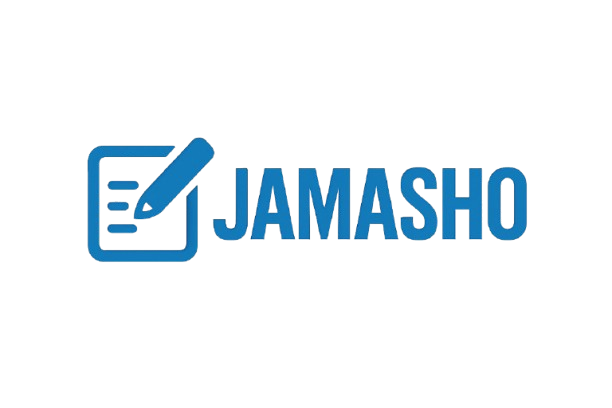Selecting the best WooCommerce store theme is among the most significant choices you’ll ever make. A theme influences the appearance of your site as well as site speed, rank, and customer conversion rates. Here is a comprehensive guide for 2025 to the fifteen best-rated WooCommerce themes, each of which is solid in design, features, functionality and conversion potential.
What defines a great WooCommerce theme in 2025?
Before we dive right in, it is worth understanding what parameters the best themes are graded on:
Speed and performance: A store’s performance hinges on theme speed. Longer loading times lead to higher bounce rates and lower conversions.
WooCommerce-specific integration: Features like fast checkout, product variation swatches, and side carts to product pages are crucial.
Design flexibility and customization: Your theme should allow you to tweak the look to match your brand, without endless design code.
Mobile and responsive: The bulk of today’s shopping is done via mobile. Your theme should perform well on all devices.
SEO and conversion-focus: The markup should offer a clean code and user pathways should be optimized for conversions, not just aesthetics.
Updates and support: A theme is more valuable the more it is aptly supported and updated to adapt to new needs.
With this in mind, let’s take a look at fifteen great choices.
1. Astra
Why It Stands Out
The Woocommerce Product Addons is tailored specifically for WooCommerce, offering features such as product variation swatches, sticky add-to-cart, and advanced filter and gallery styles.
- Astra is lightweight and quick to load. Many reviewers have noted its fast performance alongside its customizability and WooCommerce friendliness.
- Works with major page builders (Elementor, Beaver, Gutenberg, etc.), giving you design freedom.
- Astra has a huge user base: trusted by over 1.8 million sites.
Best for: store owners who want a base that is fast and flexible and who plan to add scale on design and customization.
Caveats: the free version has its limitations; for some, the advanced features would come with the Pro version.

2. Flatsome
Why It Stands Out
- Specifically built for WooCommerce: over 300 pre-made shop demos with a custom front-end page builder (UX Builder).
- Strong visual appeal: design with rich options, live customizer, and drag and drop to create headers, sliders, and banners.
- Your store is fully SEO optimized, has responsive and user-experience-focused design, and includes live theme options.
Best for: store owners who want to create a shop that is design rich, visually creative, and who want to heavily customize using the builder.
Caveats: because of the advanced builder and feature-rich nature, there can be a learning curve; switching themes later may be more complex due to builder-lock-in.

3. Divi
Why It Stands Out
- The Woocommerce Product Addons is tailored specifically for WooCommerce, offering features such as product variation swatches, sticky add-to-cart, and advanced filter and gallery styles.
- Astra is lightweight and quick to load. Many reviewers have noted its fast performance alongside its customizability and WooCommerce friendliness.
- Works with major page builders (Elementor, Beaver, Gutenberg, etc.), giving you design freedom.
- Astra has a huge user base: trusted by over 1.8 million sites.
Best for: store owners who want a base that is fast and flexible and who plan to add scale on design and customization.
Caveats: the free version has its limitations; for some, the advanced features would come with the Pro version.
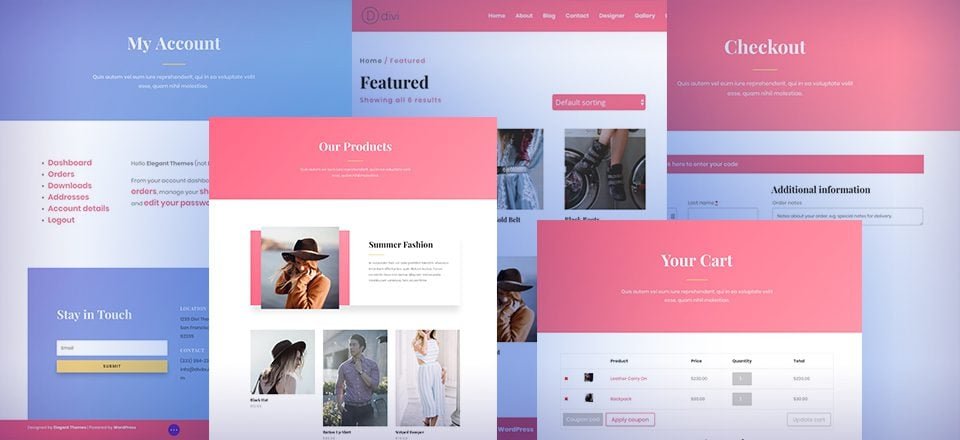
4. GeneratePress
Why It Stands Out
- Specifically built for WooCommerce: over 300 pre-made shop demos with a custom front-end page builder (UX Builder).
- Strong visual appeal: design with rich options, live customizer, and drag and drop to create headers, sliders, and banners.
escapecreative.io
- Your store is fully SEO optimized, has responsive and user-experience-focused design, and includes live theme options.
Best for: store owners who want to create a shop that is design rich, visually creative, and who want to heavily customize using the builder.
Caveats: because of the advanced builder and feature-rich nature, there can be a learning curve; switching themes later may be more complex due to builder-lock-in
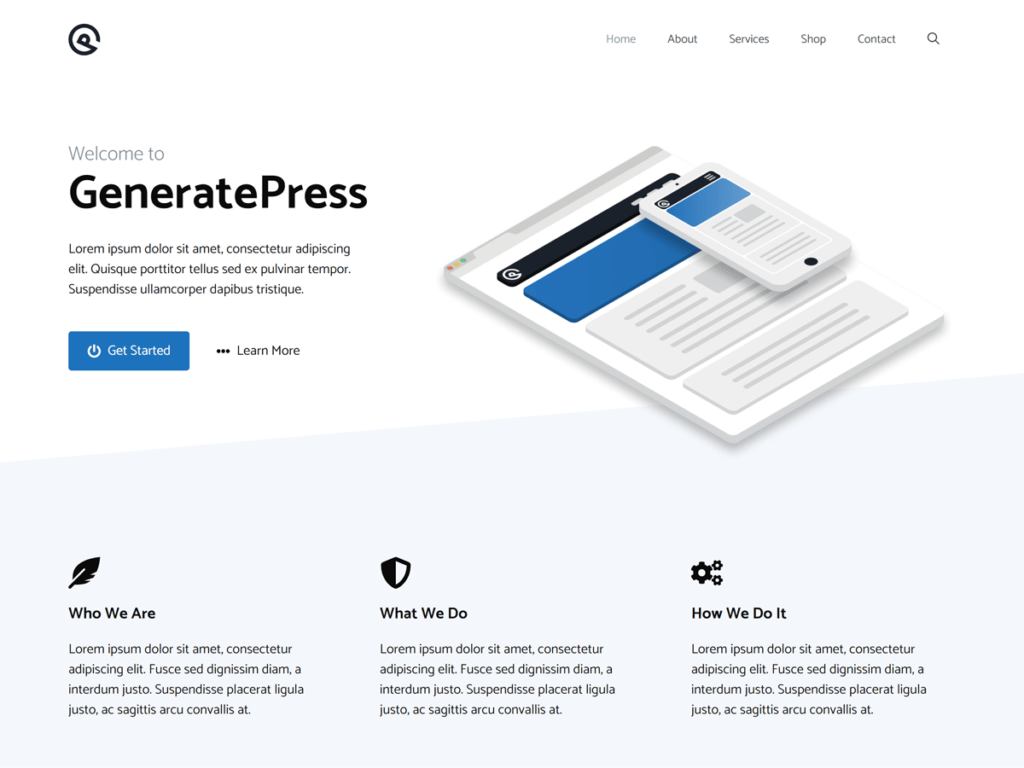
5. Kadence
What makes it different
Kadence is one of the fastest WooCommerce themes in 2025, according to recent reviews.
There is a builder for your header and footer, and customizable global settings for colors and typography, allowing for a good balance between performance and design/build options.
Ideal for store owners who want to achieve a good speed without sacrificing design options.
Best for: Users seeking performance close to top-tier with greater design customization than minimal themes provide.
Caution: Less niche-specific eCommerce demos compared to dedicated themes, hence you may have to spend a bit more time on your customizations.
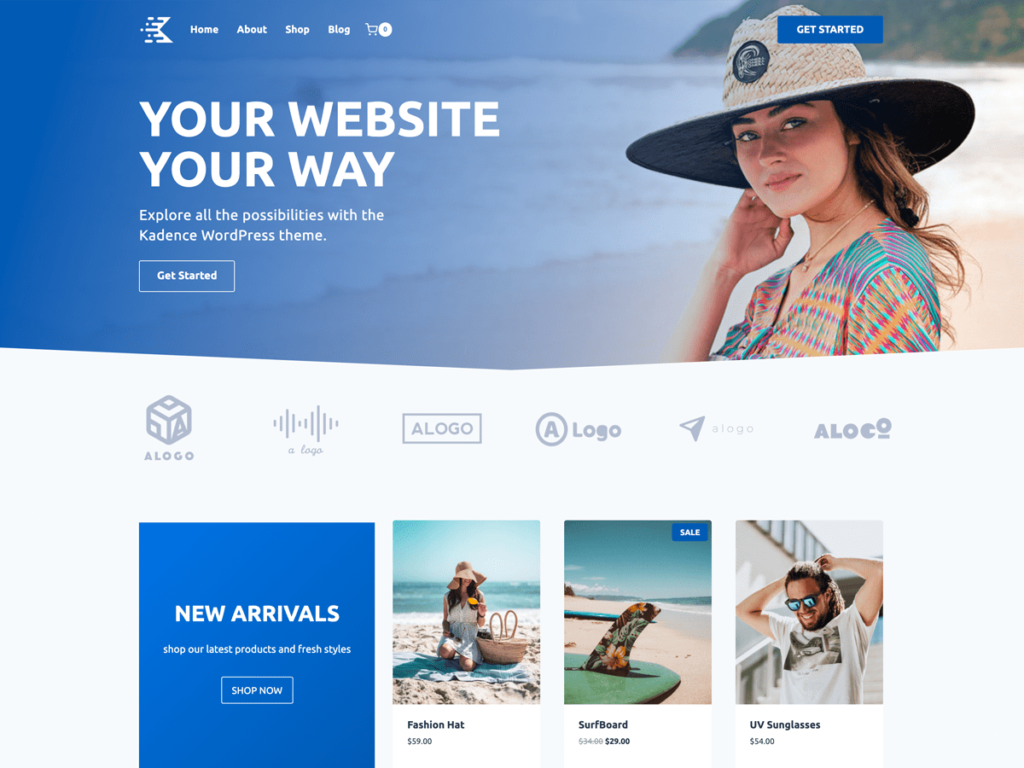
6. OceanWP
What makes it different
- Kadence is one of the fastest WooCommerce themes in 2025, according to recent reviews.
- There is a builder for your header and footer, and customizable global settings for colors and typography, allowing for a good balance between performance and design/build options.
- Ideal for store owners who want to achieve a good speed without sacrificing design options.
Best for: Users seeking performance close to top-tier with greater design customization than minimal themes provide.
Caution: Less niche-specific eCommerce demos compared to dedicated themes, hence you may have to spend a bit more time on your customizations.
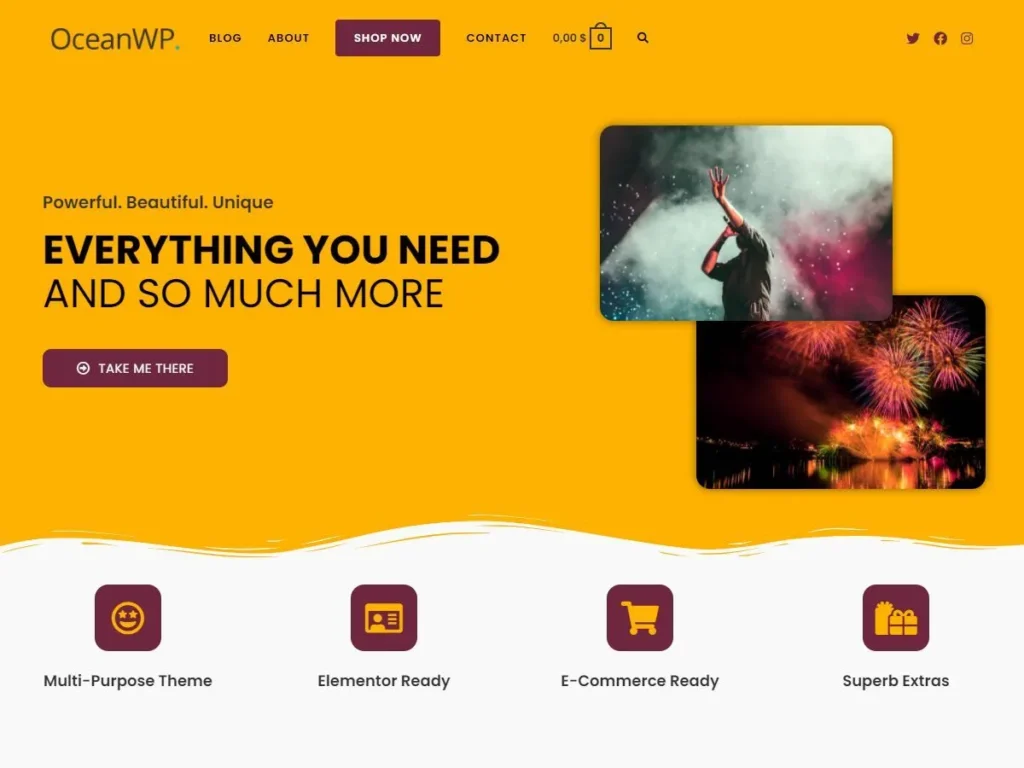
7. Shoptimizer
Why it Stands Out
- This theme was designed with conversions in mind, specifically for WooCommerce stores. It includes features such as distraction-free checkout, order bumps, and trust badges.
- The theme was also rated, in 2025, as one of the fastest WooCommerce themes, attaining remarkable performance scores.
Best for: store owners that hope to focus on conversion optimisation, work with minimal distractions, and grow through A/B testing as well as checkout behaviour.
Caveats: Design flexibility might not be as much as some builder-heavy themes. Ensure the visual branding matches.

8. Blocksy
Why it Stands Out
- This is a modern, lightweight theme with speed and WooCommerce in mind. It has also been rated as one of the best WordPress themes of 2025 in design-review articles.
- Good clean code and design flexibility make it suitable for small as well as larger ecommerce stores.
Best for: merchants that desire a modern design and flexibility while also performance optimization, and without the intricacy of builder complexity https://creativethemes.com/blocksy/
Caveats: as this is a newer theme, it has less third party extensions.
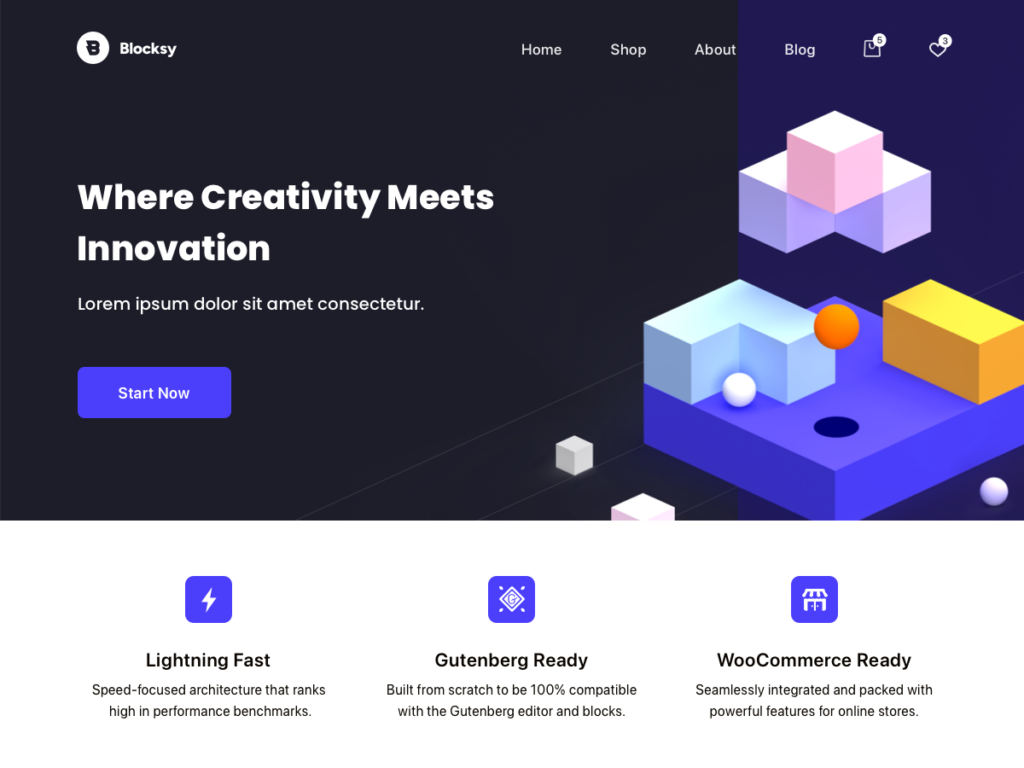
9. WoodMart
Why it Stands Out
- Advanced product filtering, product swatches, AJAX browsing, and mega menus for stores with large product catalogs.
- Emphasis on good design and an abundance of ecommerce-specific features.
Best for larger stores or shops with different categories or outstanding filters. Especially if user navigation and product discovery are of importance.
Caveats: You’ll need to make sure hosting and optimization are on point as complex themes and large catalogs need performance tuning
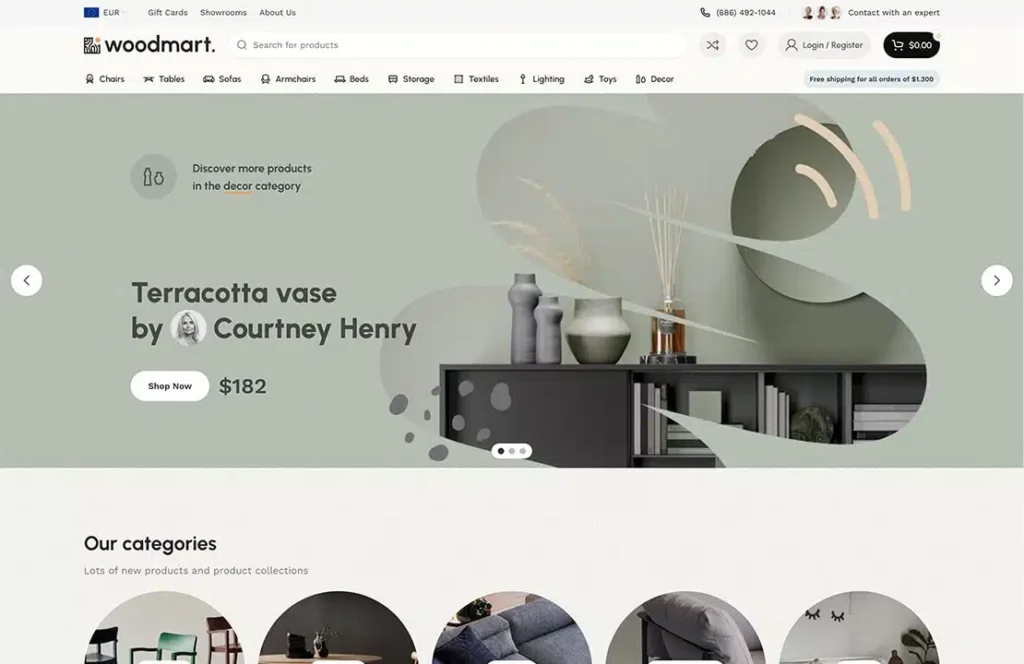
10. Storefront
Why it stands out
- First and foremost, it’s an unofficial WooCommerce theme and designed specifically for WooCommerce. You’re getting high compatibility and minimal extra bloat.
Best for: New store builders, builders of minimalist shops, or those who prefer building on a much cleaner foundation.
Caveats: You might need extra plugins or customizations since it’s minimalist. In richer themes, advanced features and designs are provided, but with more plugins and customizations, the minimalist theme can become richer.
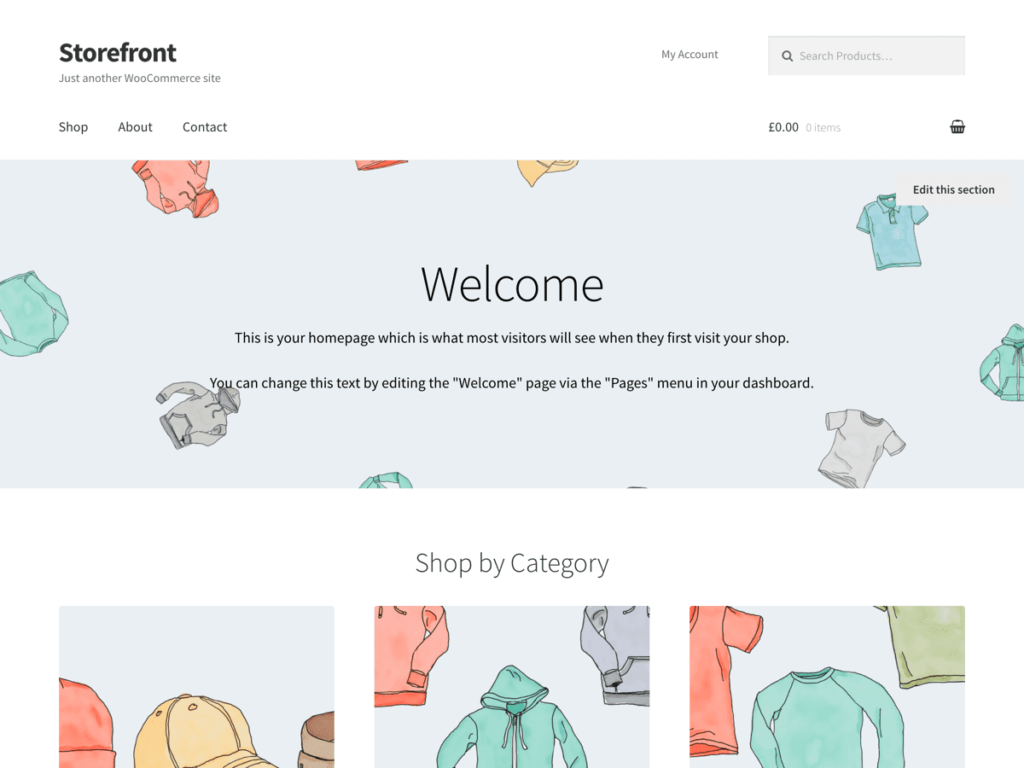
11.Betheme
Why it stands out
- The versatile multipurpose theme, and especially the WooCommerce theme, offers more than 700 pre-built websites and shop demos to choose from.
Best for users with different types of stores, or if you want a single theme solution for a variety of different projects.
Caveats: You might need to turn off some modules as complex features can slow your site down.
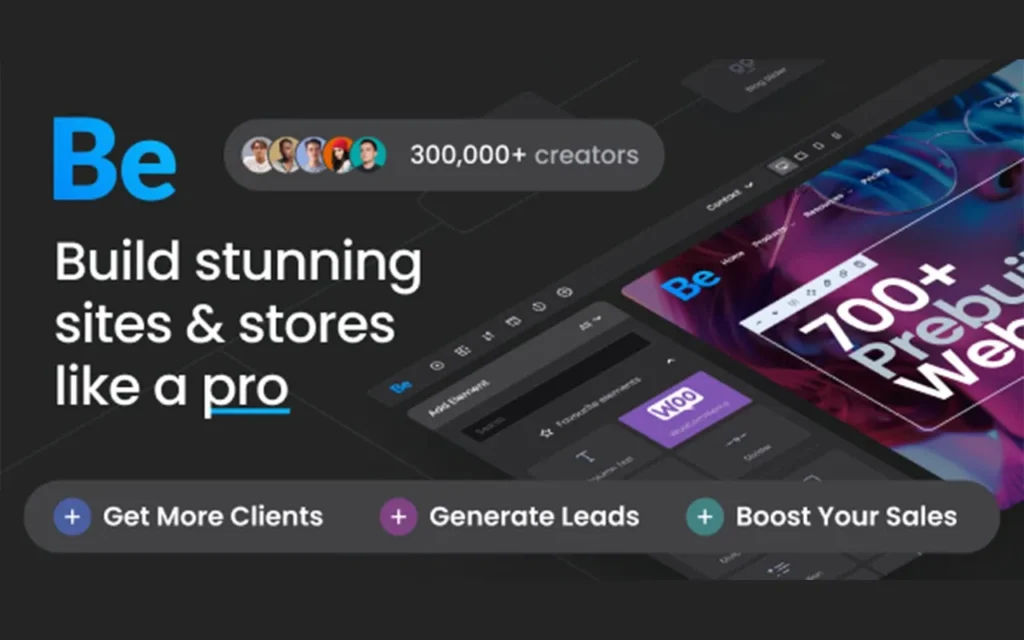
12. Divi-WooCommerce Child Themes / Templates (e.g., Luxe for Divi)
Why It stands out
- Although not a “distinct theme” per se, there are several high-quality child themes built on Divi ecommerce specific stores, stylish and polished.
- Offers niche-tailored designs (luxury store, fashion store, etc) with a high level of integration with Divi + WooCommerce.
Best for: Store owners using Divi already who want a specialised, stylish shop template without the hassle of building one from scratch.
Caveats: Using a child theme means dependency on a parent theme; may limit flexibility if you want to switch away from the parent theme later.

13. Neve (Shop version)
Why It stands out
- Lightweight theme, known for speed; has dedicated “Shop” demos for WooCommerce usage.
- Best as a starting point for small stores, stores that prioritise speed and simplicity.
Best for: Beginners, small product catalog stores, those looking for an affordable, fast solution.
Caveats: Might lack some of the advanced ecommerce-features out of the box (compared to themes built specifically for WooCommerce with advanced filters)
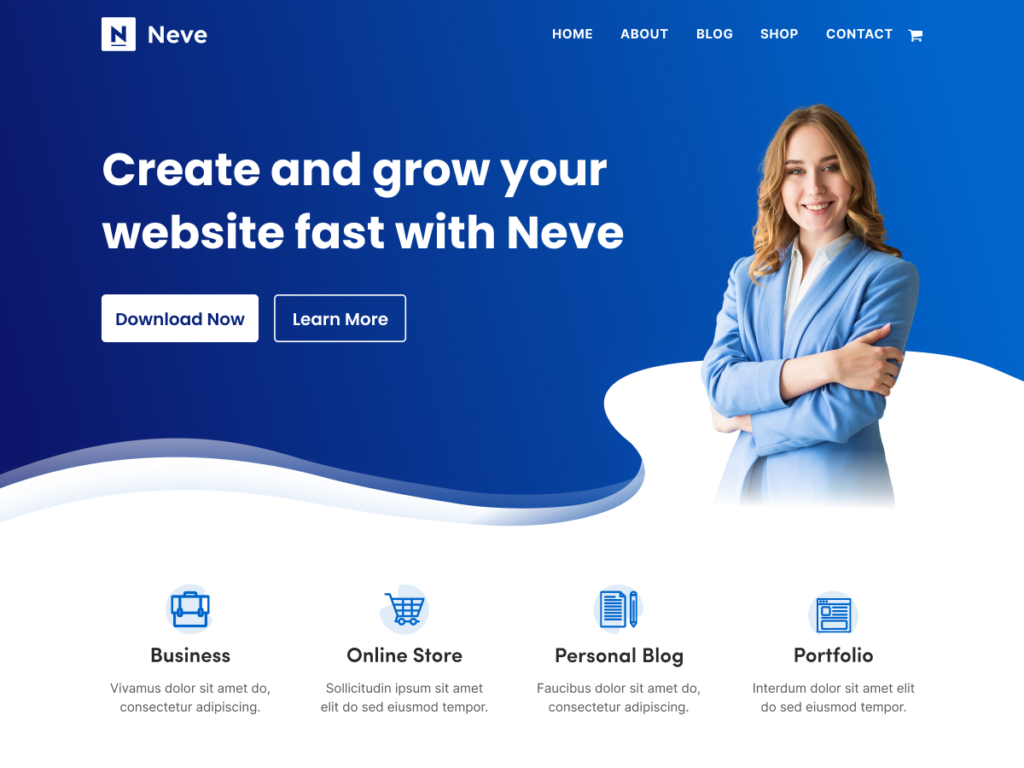
14. Rife Free / Rife Pro (WooCommerce-capable)
Why It stands out
- From best Free WooCommerce themes 2025 list: good design, responsive, shop ready.
Best for: New store owners, small local shops, or testing stores.
Caveats: The free version may have some features that are limited; for larger use cases, consider upgrading or selecting the premium version.
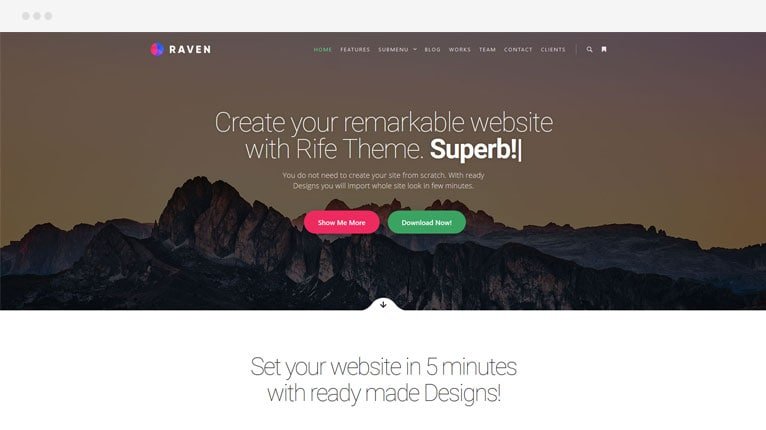
15. BlockPro / Modern Free Premium WooCommerce Themes
Why It Stands Out
Even free themes include basic WooCommerce functionality. Many free themes start to include textures suitable for stores. Proof: our list of 30+ free WooCommerce themes for 2025.
Minimal budget stores can be built and later upgraded once you establish some traction.
Best suited for: Very early stage stores, market testing, and budget-constrained stores.
Caveats: Free themes may not include a fully integrated built-in ecommerce set up dumpstered premium support and advanced optimisation—so be ready to spend some time.
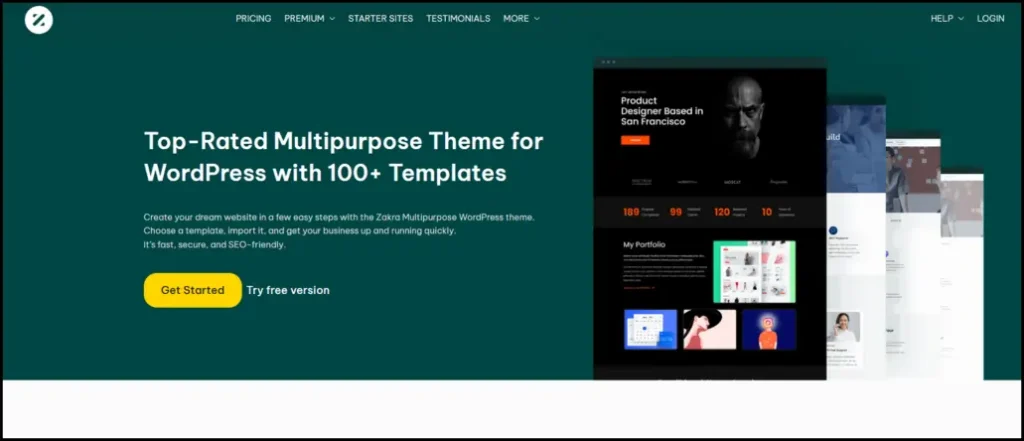
How to Match a Theme to Your Store
Here are some practical questions for you:
1. Do you have a large or small catalogue of products?
Small catalogue: you might save time and money with a faster and cleaner deisgn. Consider Astra and GeneratePress.
Large catalogue with categories/filters: you will need to ensure that powerful navigational structures are included. Consider WoodMart and Flatsome.
2. How much design customization are you looking to do?
Minimal design alterations and quick load time: you should select a simplistic design and modify it slightly.
Want total control with a drag and drop option: choose builder-rich ones (Divi, Flatsome).
3. What’s your budget?
If you are working off free and low budgets, then consider high-quality free themes.
If you genuinely care about support, speed, and conversion optimizations, then get a premium theme. It will likely be worth it.
4. What is the significance of speed and mobile performance?
If most of your traffic is from mobile devices, or if you depend on SEO, your most lightweight and neatly coded themes should be prioritized. The difference in performance counts.
5. What is your long-term plan?
If it’s niche expansion, adding numerous products, or constructing a multi-store, choose a scalable theme with a solid ecosystem and support. For small-scale testing or initial launches, simpler might be better.
Best practices when installing your theme.
When customizing, remember to use a child theme so your changes don’t get lost when the theme updates. Integrate your theme with your product cataogue, demos, page builders, and, most importantly, the checkout process, so you can see if the theme works as you expect. After the setup, perform some testing to see if the theme and plugins are slowing down the site.
Image optimization, a CDN, and caching are key to speed and performance, but your theme and hosting will get you most of the way there.
Always keep your theme and plugins updated; a theme abandoned by its developer will remain a security or compatibility risk.
Closing thoughts.
In 2025, choosing the right WooCommerce theme is all about finding the appropriate mix of design with performance and conversion optimization. The fifteen themes I outlined are best in class for varying types of store owners, from those that prioritize speed and simplicity, to those that expect elaborate design and high-end functionality.
Here is another useful article:: https://jamasho.com/how-writehuman-helps-you-create-seo-friendly/
My recommendation:
For a dependable all-around option → Astra.
For drag-and-drop visuals and elaborate demos → Flatsome or Divi.
For speed and simplicity, choose GeneratePress or Shoptimizer.
If you’re on a startup or limited budget, check out free themes like Rife or the child themes of Divi.
Spend time reviewing the demo sites for each theme, try some with your product types, and pick one that resonates with your branding, size, and budget. A good theme is the bedrock of a successful WooCommerce store.
